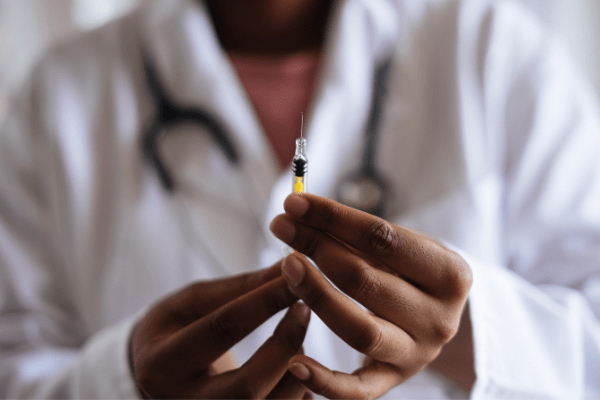The total elimination of cervical cancer will be the focus of The Australian Centre for the Prevention of Cervical Cancer, which officially launched today in Melbourne.
The Carlton-based centre, formerly know as the VCS Foundation (Victorian Cytology Services Foundation) has been the most prominent cervical cancer prevention institution in Australia since its inception in 1964.
It has decided to change its name to reflect the organisation’s main goal of eliminating cervical cancer as a public health problem in the country.
Professor Marion Saville AM, Executive Director of the Australian Centre for Cervical Cancer Prevention (ACPCC) believes the new name will ensure their recognition as Australia’s leading organisation in cervical cancer prevention.
“This is an important step to move ahead in the goal to eliminate cervical cancer in our region,” she said in a statement.
“The governance and structure of the organisation will remain the same.”
“We will continue to play an important role in other activities that aim to prevent cancer and infectious disease, such as the Participant Follow-Up Function for Victorian bowel screening participants, immunisation programs for vulnerable groups, Victorian cancer screening data surveillance and reporting, STI, COVID-19 and other respiratory virus testing, and other digital and population health initiatives.”
In Australia, a combination of the human papillomavirus (HPV) vaccination and cervical screening programs has reduced cervical cancer incidence and mortality rates down to amongst the lowest in the world.
However inequities continue to exist for under-screened members of society, such as Aboriginal and Torres Strait Islander women, who are are four times more likely to die from cervical cancer than other Australian women.
Last year, over 600,000 women were diagnosed with cervical cancer worldwide. It also took the lives of 341,843 women, mostly from low- and middle-income countries.
Almost nine-in-10 deaths occur in these countries where there remains limited access to cervical cancer screening.
The organisation has also launched the Australian HPV Reference Laboratory, which will work with test manufacturers, other laboratories and researchers around the world to monitor the performance of HPV tests, technology and laboratory procedures to help reduce HPV-related disease.
“We are proud to continue contributing to Australia’s highly successful cervical cancer prevention efforts and to collaborate with partners across the Indo-Pacific region to save thousands more women’s lives,” Professor Saville added.
“It is possible to achieve elimination of this preventable disease by partnering with health leaders in low- and middle-income countries to develop solutions that will work for their communities, supported by strong political will.”
This launch comes as research from the UK found that the HPV vaccine is cutting cases of cervical cancer by nearly 90 percent.
Cancer Research UK described its findings as “historic”, saying it proved the vaccine was saving lives.
The study, originally published in the Lancet, looked at what happened after the vaccine was given to girls in England in 2008.
The study revealed a 87 percent reduction in cervical cancer and estimated the HPV program prevented roughly 450 cancers and 17,200 pre-cancers.
“The impact has been huge,” said Professor Peter Sasieni, one of the researchers at King’s College London.
Prof Sasieni believes the prevention numbers were “just the tip of the iceberg” since those vaccinated were still young to be getting cancer, so the numbers would only expand in time.
More than one hundred countries, including Australia, have begun using the vaccine as part of World Health Organisation’s aim of eliminating cervical cancer.
In Australia, 54 percent of women aged 25-74 years had a HPV screening test (AIHW) in 2018.
Recent research revealed that 72 percent of cervical cancers diagnosed between 2002 and 2012 in women aged 20–69 occurred in those who had either never screened or were lapsed screeners.
Communities who lack access to cervical screening include First Nations peoples, people with disabilities, lesbian and transgender groups, some culturally and linguistically diverse communities, rural and remote communities and people of lower socio-economic status.
Michelle Mitchell, the chief executive at Cancer Research UK, told the BBC that the findings are “…a historic moment to see the first study showing that the HPV vaccine has and will continue to protect thousands of women from developing cervical cancer.”
The consultant epidemiologist for the UK Health Security Agency, Dr Vanessa Saliba added that the results from the study were “remarkable”, indicating that they showed the vaccine “saves lives by dramatically reducing cervical cancer rates among women”.
Last November, the WHO Global Strategy to Accelerate the Elimination of Cervical Cancer urged countries to meet the 90-70-90 targets by 2030, which included the aim of getting 90 percent of girls vaccinated against HPV by the age of 15, 70 percent of women screened twice using an HPV based screening test by age 45 and 90 percent of women identified with cervical disease to receive adequate treatment.


